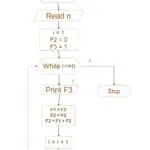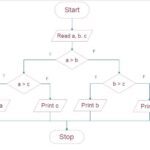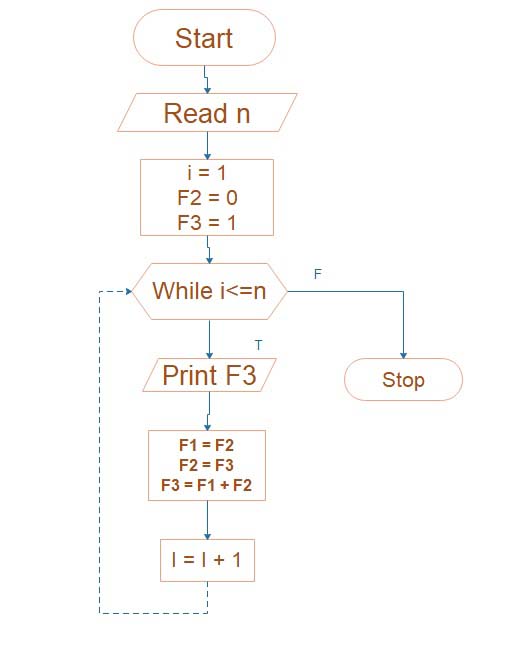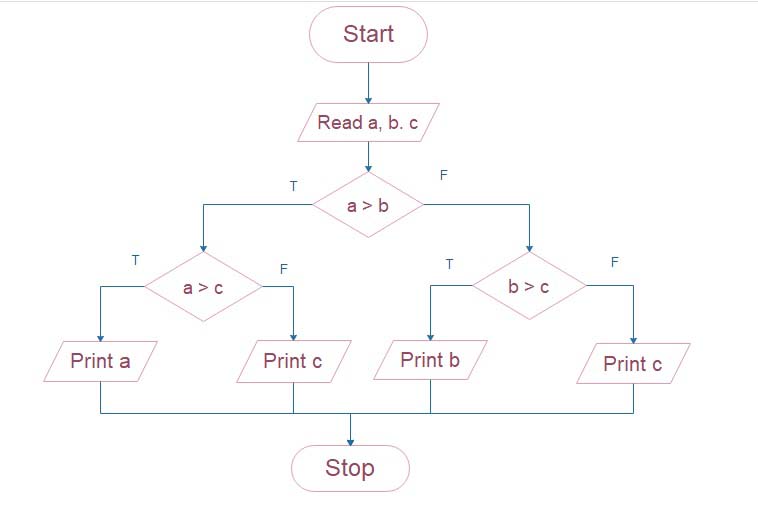Internal structure of Human heart
The internal structure of the human heart
How many chambers are there in human heart?
The human heart Internally the heart shows four distinct chambers. These are two thin-walled articles, the left and right auricle and there are two thick-walled ventricles, the left and right ventricles, the two auricles are separated from each other by an inter-auricular septum. In the left auricle, there are two pairs of pulmonary veins, that bring oxygenated blood from the lungs. These openings are without valves.

How blood flows in human heart?
In the right auricle, opens the superior vena cava, bringing deoxygenated blood from the upper part of the body. This opening is without a valve. The right auricle also receives the inferior vena cava, bringing deoxygenated blood from the lower half of the body. This opening is guarded by the Eustachian valve.
This valve allows the blood to flow from the inferior vena to the right auricle but backflow is prevented. A coronary sinus bringing deoxygenated blood from the heart also opens in the right auricle. this is guarded by the besan valve, which allows the flow of blood from the coronary sinus to the right auricle but prevents backflow.
The left auricle opens in the left ventricle by an opening called an auriculo-ventricular aperture, and this opening is guarded by a bicuspid valve allowing the blood to flow only from the left auricle to the left ventricle but preventing backflow. Given from the left ventricle there arises a systemic aorta supplying oxygenated blood to the various parts of the body. The opening of the systemic aorta in the left ventricle is provided with three semilunar valves, which allow the blood to flow from the left ventricle to the systemic aorta only while preventing backflow.
The right auricle opens in the right ventricle by an opening called an auriculo-ventricular aperture provided with a tricuspid valve, which allows the blood to flow from the right auricle to the right ventricle but prevents backflow. Given from the right ventricle there is the pulmonary aorta, which carries deoxygenated blood to the lungs. the opening of the pulmonary aorta in the right auricle is provided with another three semilunar valves, which allow the blood to flow from the right ventricle to the pulmonary aorta but prevent backflow.

The wall of the ventricle is thick and shows small ridges called the columnar cornea. The internal thick wall also shows large well-developed ridges called papillary muscles, two in the left and three in the right ventricle. The wall of the left ventricle is thicker than the right ventricle as the left ventricle has to push the blood to the different parts of the body.
Attached to the bicuspid valves, tricuspid valves and papillary muscles there are thread-like chordate tendinae, which regulate the opening and closing of bicuspid and tricuspid valves.













